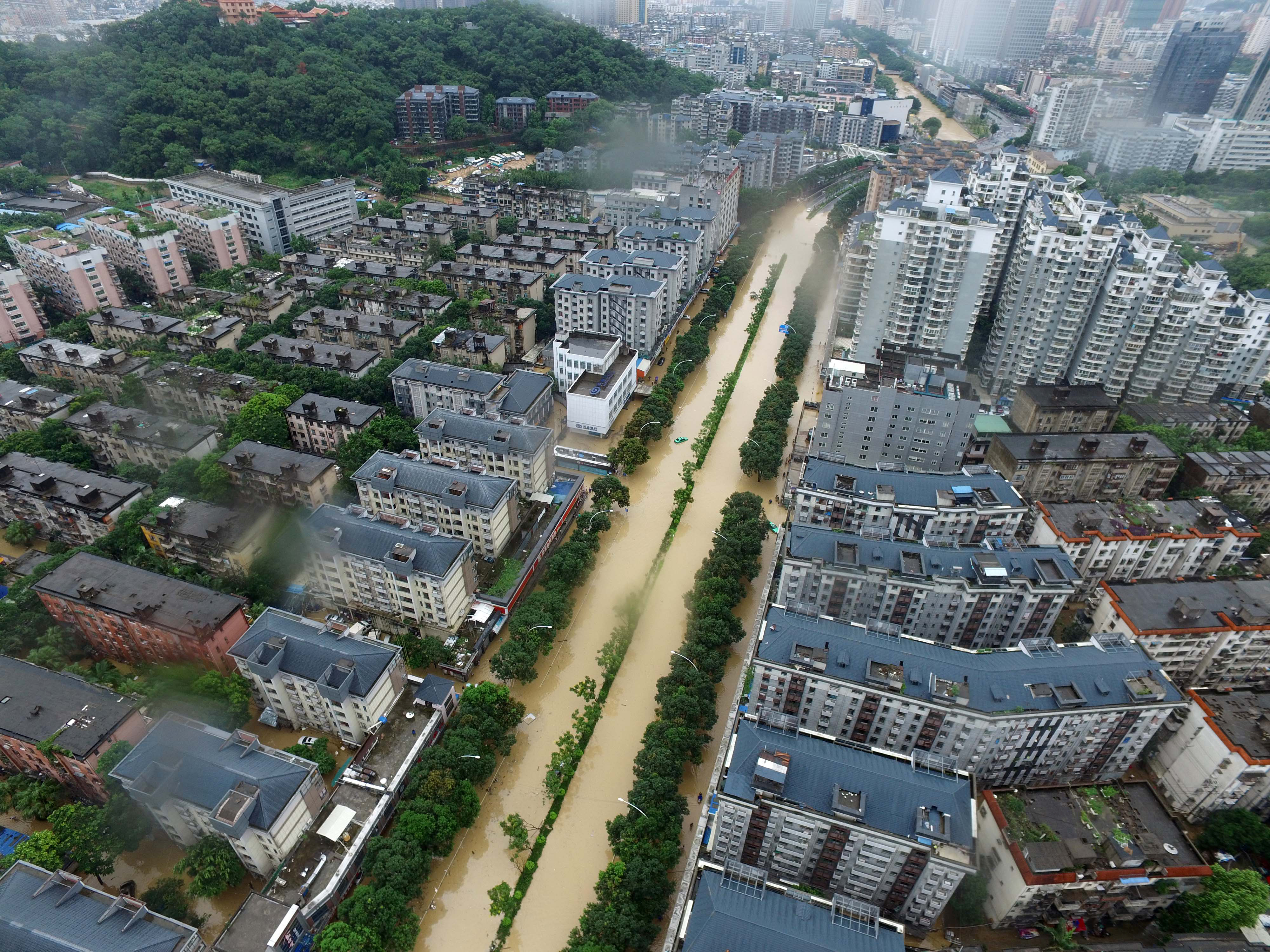
By Idrees Ali and Matt Spetalnick
WASHINGTON (Reuters) – A U.S. navy warship carried out a freedom-of-navigation operation on Friday near islands claimed by China and two other Asian countries in the South China Sea, U.S. officials told Reuters.
The guided-missile destroyer USS Decatur challenged “excessive maritime claims near the Paracel Islands,” specifically Triton and Woody Islands, claimed by China, Taiwan and Vietnam, the U.S. officials said, speaking on condition of anonymity.
The destroyer sailed within waters claimed by China, but not within the 12-nautical-mile territorial limits of the islands, the officials said. The U.S. military defines a freedom-of-navigation operation as one that challenges excessive maritime claims, officials said.
The Pentagon declined to comment.
One official said the U.S. destroyer was shadowed by three Chinese vessels and that all interactions were safe. The operation was first reported by Reuters.
It was the fourth challenge that the United States has made to what it considers overreaching maritime claims by China in the South China Sea in the past year, and the first since May.
China, Washington’s main strategic rival in Asia, claims almost the entire South China Sea, through which about $5 trillion worth of trade passes each year. The United States has criticized Beijing’s buildup of military facilities in the sea and expressed concerns they could be used to restrict free movement.
China has a runway on Woody Island, the site of the largest Chinese presence on the Paracels, and has placed surface-to-air missiles there, according to U.S. officials.
In the last three U.S. freedom-of-navigation operations in the South China Sea within the last year, U.S. warships cruised within 12 nautical miles of islands claimed by Beijing. The actions greatly angered China, which has accused the United States of stirring up trouble there.
The latest operation comes just after the volatile president of the Philippines announced his “separation” from Washington and realignment with China. The Philippines has been a key ally of the United States and a territorial rival of Beijing in the South China Sea.
Rodrigo Duterte’s announcement on Thursday was a significant turnaround after a tribunal in The Hague ruled that China did not have historic rights to the South China Sea in a case brought by the previous Philippine administration and strongly backed by the United States.
But in Washington a person close to the matter said the latest naval operation was not timed for Duterte’s China visit this week and that planning for the patrol had long been in the works.
(Additional reporting by David Brunnstrom; Editing by Chizu Nomiyama and Jeffrey Benkoe)








